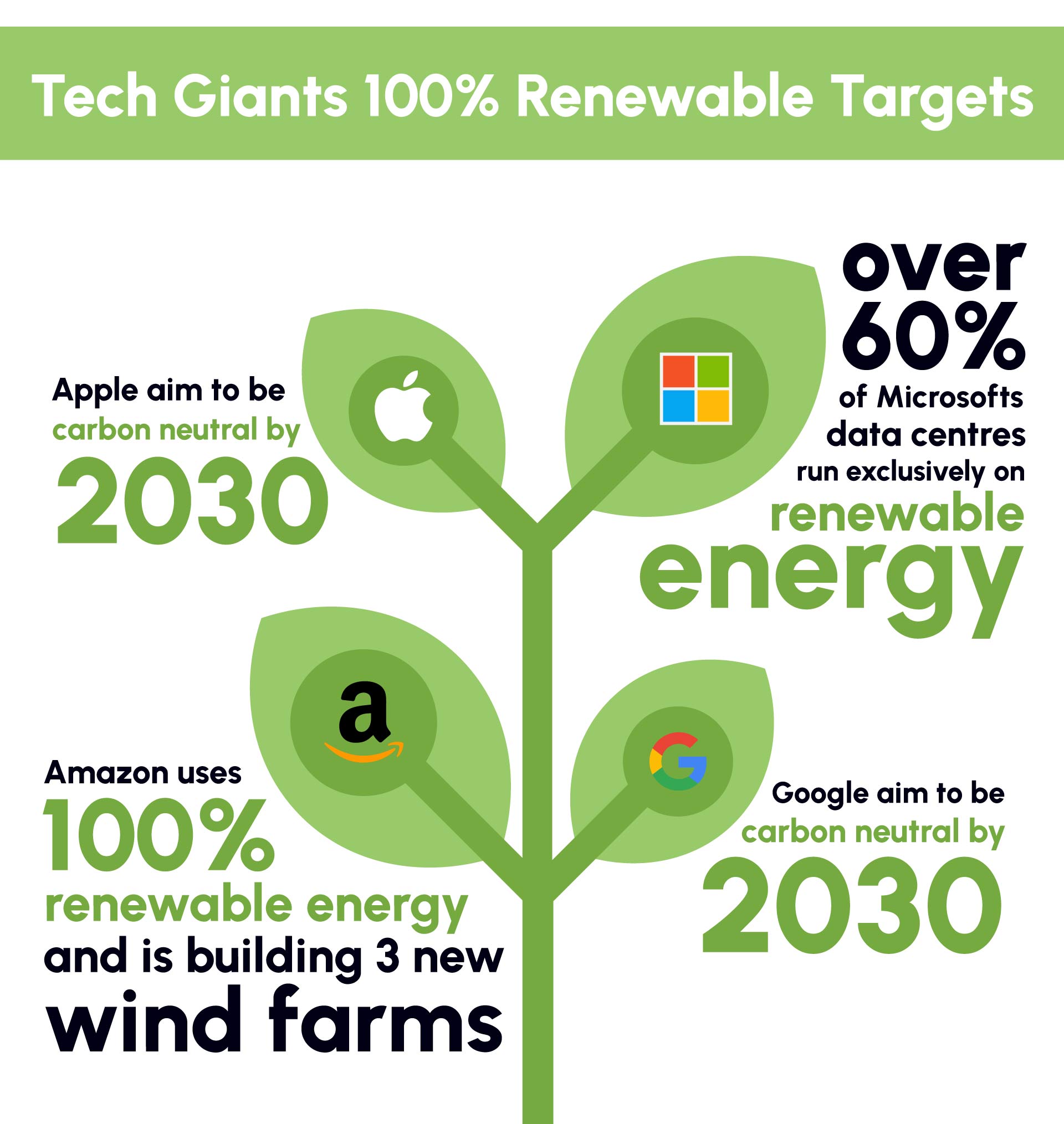Increased emissions, pollutants, carbon footprint… these are all words unfortunately associated with data centres. It’s no surprise that data centres take a rapidly growing share of the globe’s energy consumption, but what does this mean for the environment and what can be done about it?
Table of Contents
ToggleWhy Are Data Centres’ Contributions to Climate Change So Important?

As data and computing use soars, so does the demand on data centres. Consequently, data centres’ energy consumption undoubtedly also rises. This brings with it a host of environmental issues such as increased carbon dioxide emissions.
Data Centres hold an environmental responsibility to reduce their carbon footprint, yet we can’t just assume all will take it upon themselves to do the right thing. So, the 2021 IPCC Report from the UN advised that critical and drastic measures need to be taken against our effect on climate change which has influenced many operators to set clear goals to be carbon neutral within just a few years.
It was estimated that data centres generate the same amount of carbon emissions as the global airline industry (in terms of fuel use). It’s clear there is a long way to go to reach net zero but we have the smart tools to help. Assetspire’s intelligent DCIM software seeks out the exact source of wasted energy and offers innovative solutions to manage your assets.
Read more in our blog on How You Can Improve Your Data Centre Power And Energy Efficiency.
What Steps Have Data Centres Taken So Far?

Many tech giants have now committed to 100% renewable targets:
- Apple and Google aim to be carbon neutral by 2030 by reducing and offsetting their carbon emissions.
- Microsoft has been carbon neutral for a while now but their new goal is to be carbon negative with over 60% of their data centres operating on exclusively renewable energy in 2021. They have also pledged to remove all carbon their company has created since 1975, possibly through methods such as tree planting.
- Amazon is the largest cloud computing provider yet is also ahead of their target of using 100% renewable energy by 2030 and is building three new wind farms around the world.
What Else Can Data Centres Do to Reduce their Carbon Footprint?

One of the quickest, easiest and best value ways for data centres to realistically achieve climate neutrality and sustainability is by increasing their energy efficiency. Our innovative DCIM software can seek out the source of wasted energy and offer smart alternatives.
With a dynamic dashboard for instant data review and planning, our DCIM allows data centres to set data standards, see at a glance their renewable energy sources, track sustainability goals and measure global impact.
Accurate, real-time data empowers data centres to make future-proofed decisions. Only then can data centres fully optimise and future-proof their energy usage. Our intelligent solutions give back full control over your data centre space, so you can work smarter and save energy.
Frequently Asked Questions (FAQs)
1. How Do Data Centres Affect Climate Change?
Increased power consumption results in increased carbon emissions, which is known to contribute towards climate change. Carbon emissions are one of the things that data centres are working hard to reduce and even reverse the effects of in order to meet climate change legislation and net-zero targets, as set out by the 2021 IPCC Report from the UN. Some data centre’s use of fossil fuels and overcooling/overheating can also have a negative impact on climate change.
2. What is Negative about Data Centres?
Data centres have been in the media a lot recently for their effect on the environment, from excess carbon emissions and heat to significant power consumption and the use of fossil fuels. Fortunately, all data centres are now under strict guidelines to reduce their contribution to climate change. For such huge consumers of power, optimising each and every process, from cooling to energy sources, is key to turn the negatives into neutrals or even positives.
3. Do Data Centres Pollute Water?
Although some data centres use a lot of water for cooling purposes, they are not known to pollute water. The water used for cooling tends to evaporate and is discharged into the atmosphere. However, there have been isolated cases in the past where Legionella has been found in water cooling towers and chlorine-based chemicals have been used to remove it.
4. How Can Data Centres Be Made More Environmentally Friendly?
Data centres are already working towards net-zero carbon targets to reduce and hopefully one day reverse their negative impact on the environment. Energy efficiencies, cooling optimisation and utilisation of more renewable energy sources are the top areas of focus for environmentally friendly data centres. Some data centres are commissioning their own wind and solar farms to meet their power requirements. Others are recycling excess heat from data centre hubs to warm nearby facilities such as swimming pools.
Contact us for a free demo today and we’ll show you how DCIM should be done.




